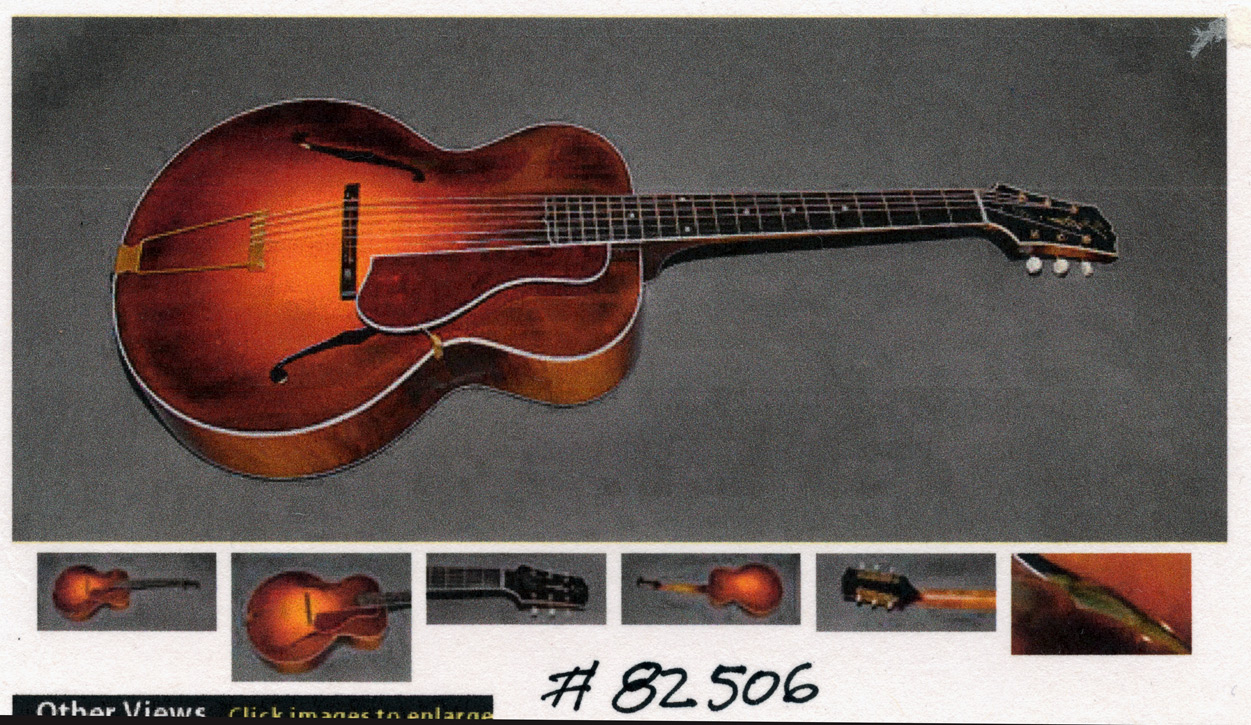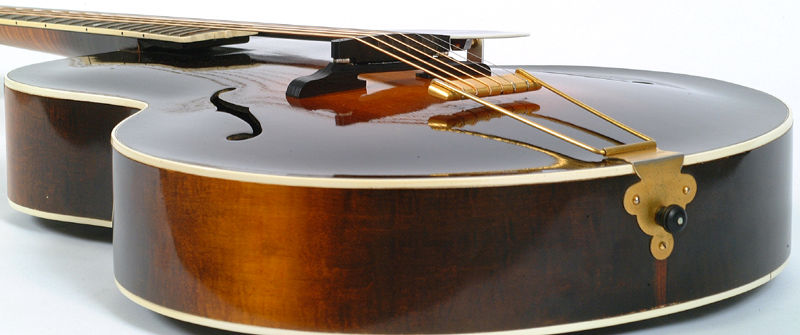I came across this 90 year old pamphlet from Gibson.
http://www.frets.com/FretsPages/Museum/Documents/Gibson/Action1914/action1914.html
The first paragraph is really interesting with regards to new instruments. Is that true of all acoustics, even modern builds?
I notice there's a comment in there when they talk about putting a veneer on the bottom of the bridge:
"This does not change the contour to fit the arching", so I got a suspicion it's valid for Gibson
archtops built in 1927 but if it were valid for flattops it'd be a much more widely discussed phenomenon.
If it was true of Guilds built between '96 and '04 I'd think I would have seen something from Guild about it when I bought my guitars.
All they mentioned were that the action
could be adjusted.
I'm thinking bracing and top radius are quite different on a 1927 Gibson archtop than any modern flattop, and that's what I think the sinking of the top in the first 90 days would result from.
Another consideration is what kind of bridge was being used, was it pinned or was it a tailpiece?
Archtops use a tailpiece which I could see exerting a downward pressure through the bridge that might cause it to "settle in", but a pinned bridge such as most flattops get would tend to pull forward and actually raise the action.
!925 Gibson L5:
I've never purchased a new acoustic, so pardon if this is a stupid question.
No worries. Even if we gave you a little guff over in your M20 finish blem thread, we're still here to help, and now hearing it's actually your first acoustic, a whole lot more sympathetic.
In fact, the question made me think "What's going with that?" until I realized it had to be about an archtop.
IN fact, ya got my curiosity up and I had to go find out just when Gibson even
started making flattops, and found this info:
(from here:
http://www.gibson.com/News-Lifestyle/Features/en-us/the-gibson-acoustic-story.aspx )
"Company founder Orville Gibson invented the archtop guitar in Kalamazoo, Mich., in the 1890s and produced these and archtop mandolins in his small one-man workshop from then until 1902"
I never knew that!
But this is even more telling and I think confirms my guess that that brochure is addressing archtops:
"More significant to any history of the Gibson acoustic guitar is Loar’s development of the L-5 guitar of 1922, originally conceived as the largest member of the new mandolin line, but soon put forward in its own right as Gibson’s flagship instrument."
They did have a flattop to market by 1926 but didn't seem to take' em seriously for 2 years:
"Just two years later Gibson accepted that a quality flat-top was a viable product, and signed up Nick Lucas, the first recorded guitar star, as a signature artist".
That's my story and I'm stickin' to it.
I also notice that later versions of the archtops seem to feature an adjustable bridge which makes me wonder if they introduced that to deal with the issue of top radius fluctuation due to humidity, or maybe to simply allow a player to vary the action according to a given playing style?
At this point I'm not even sure those bridges are original, though.

